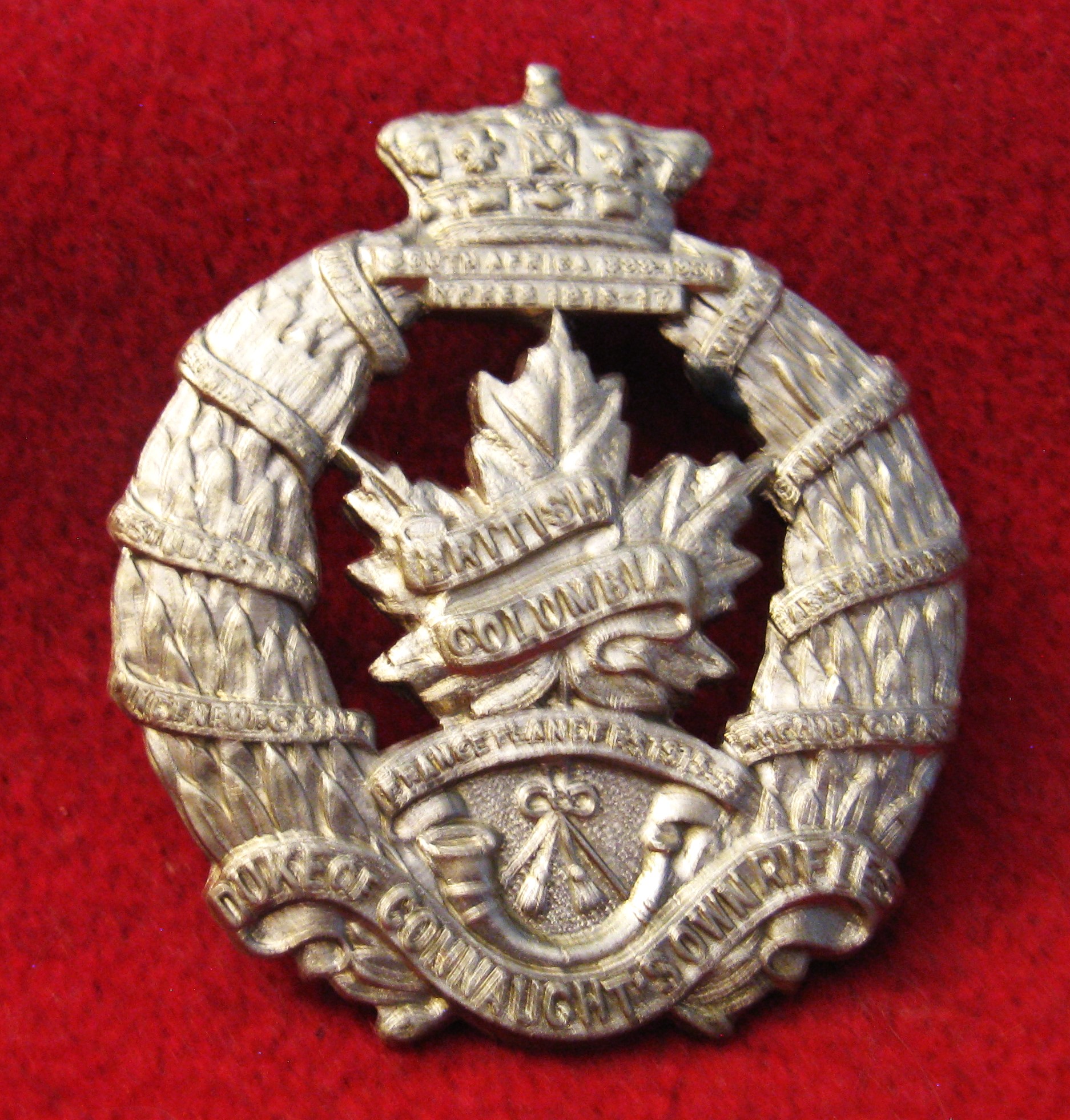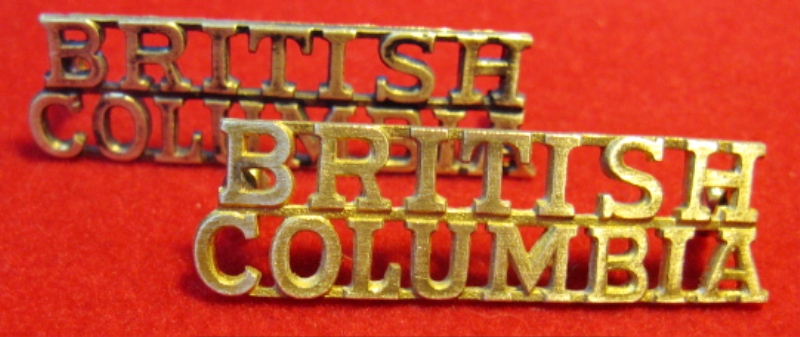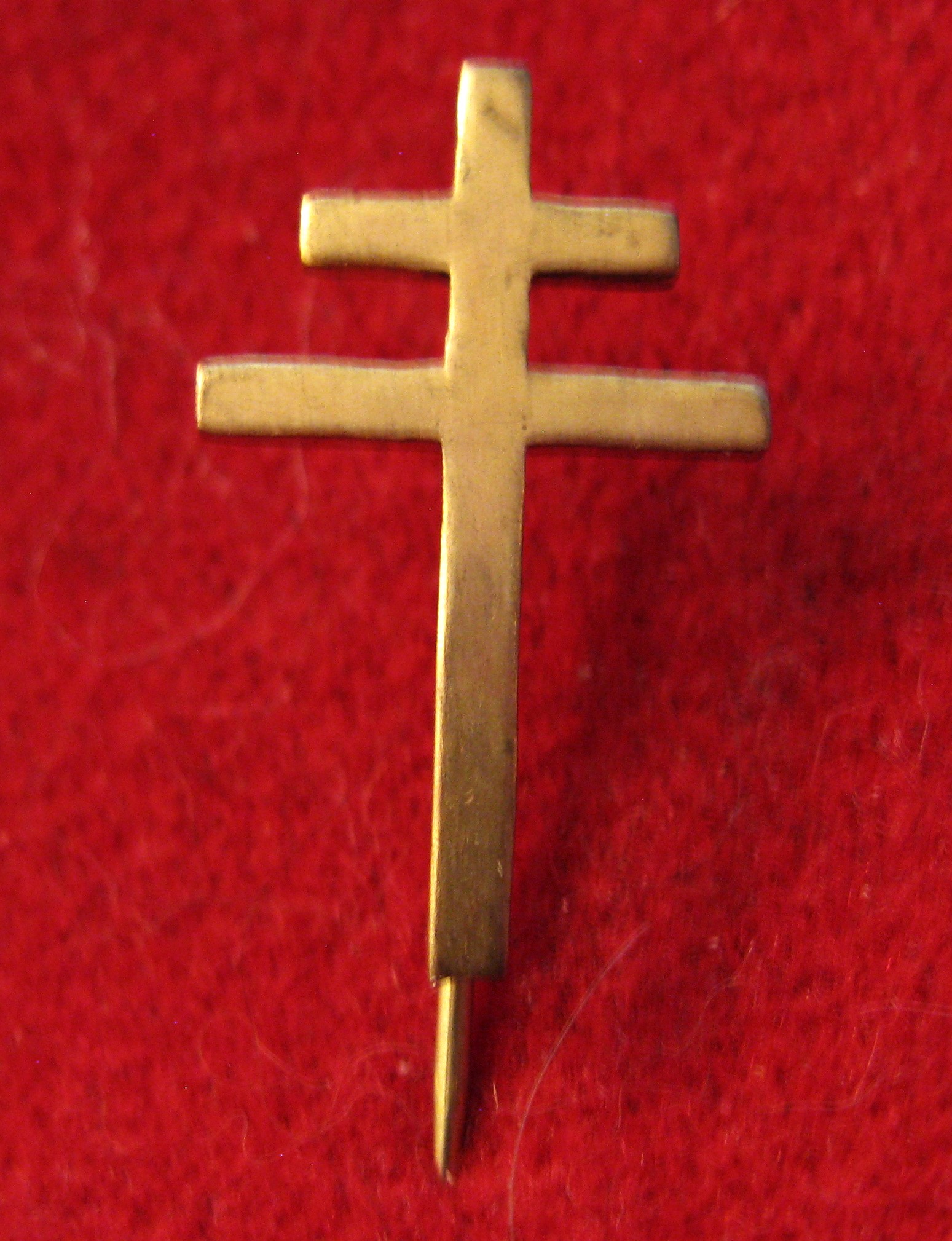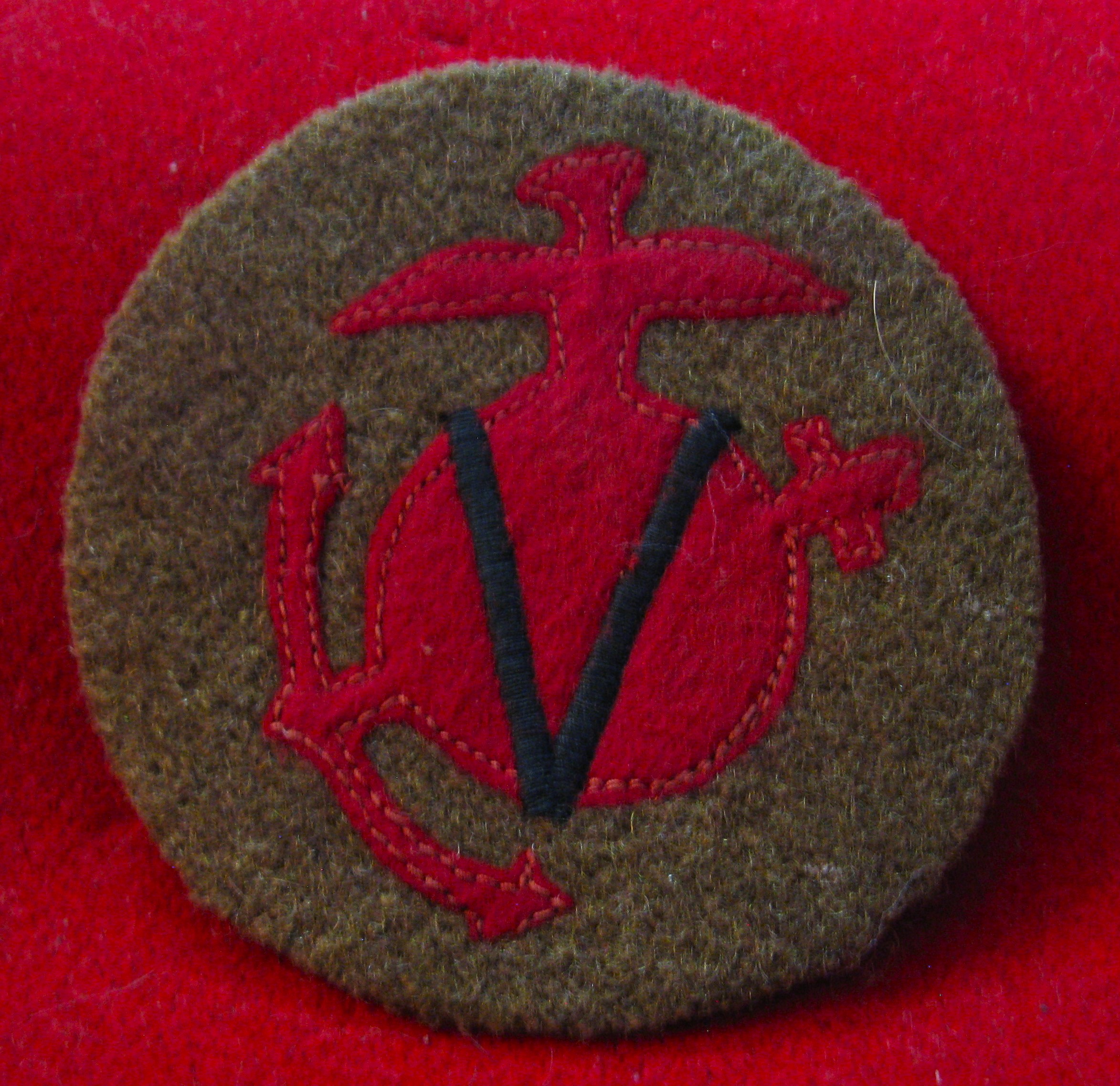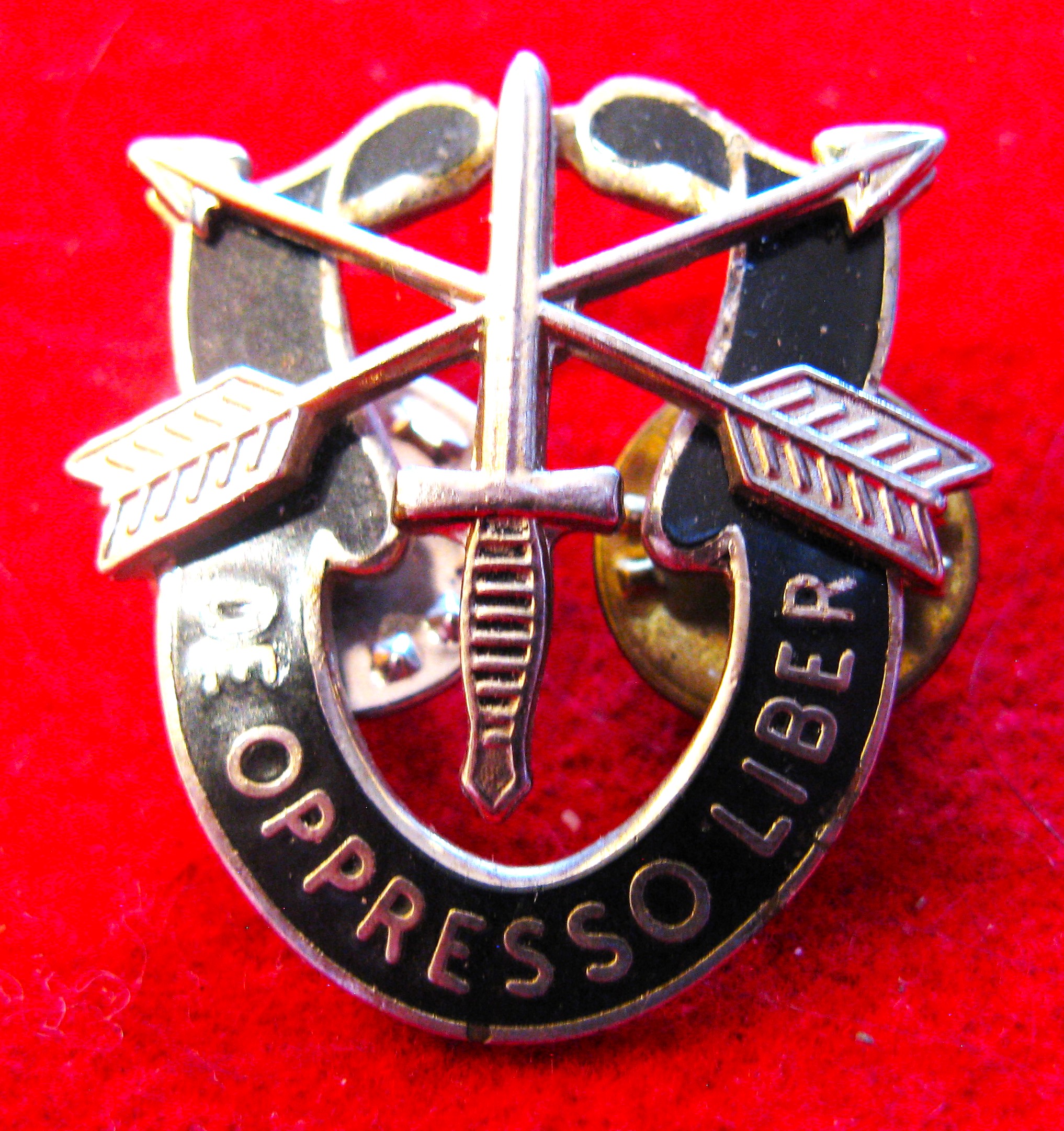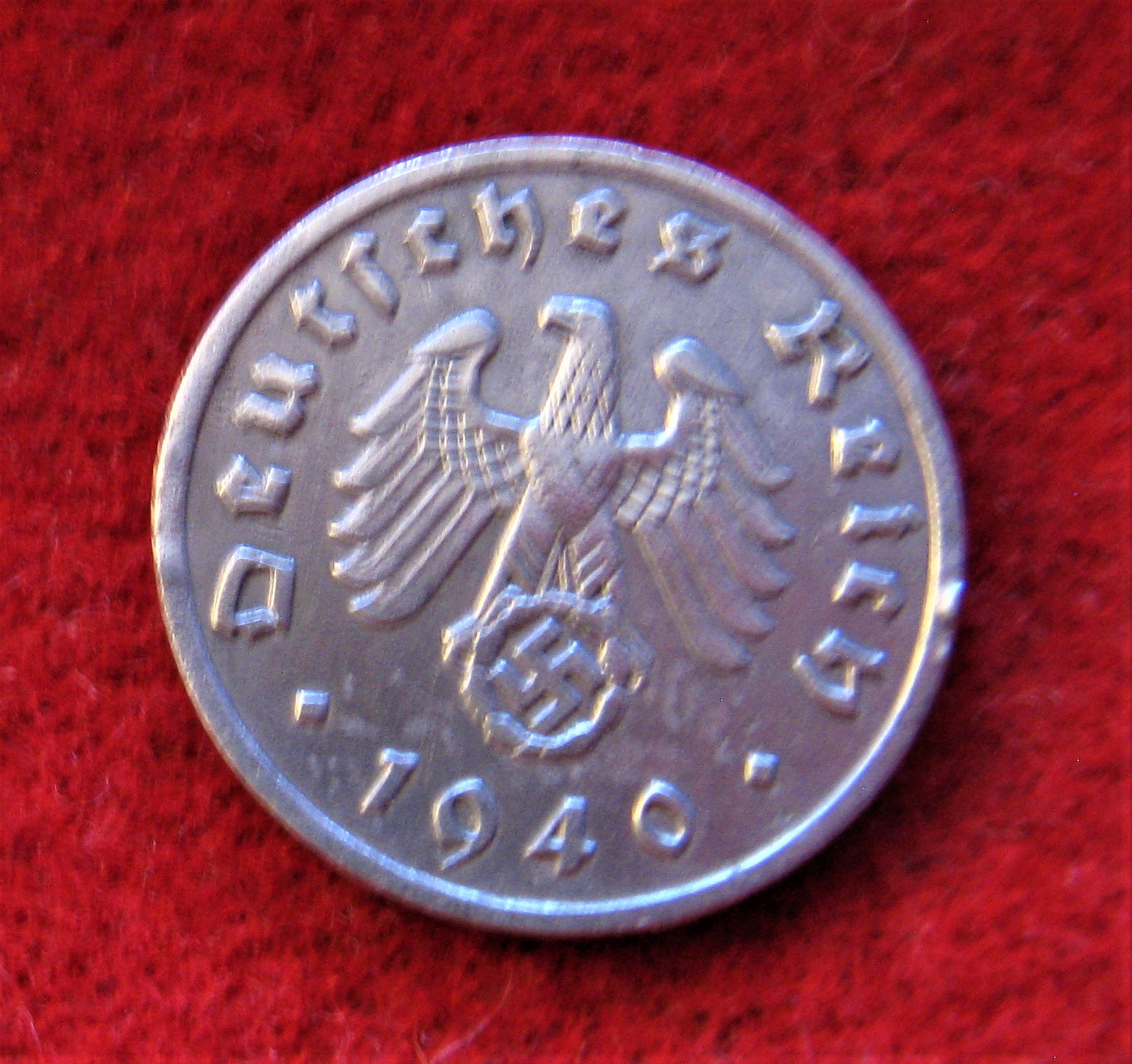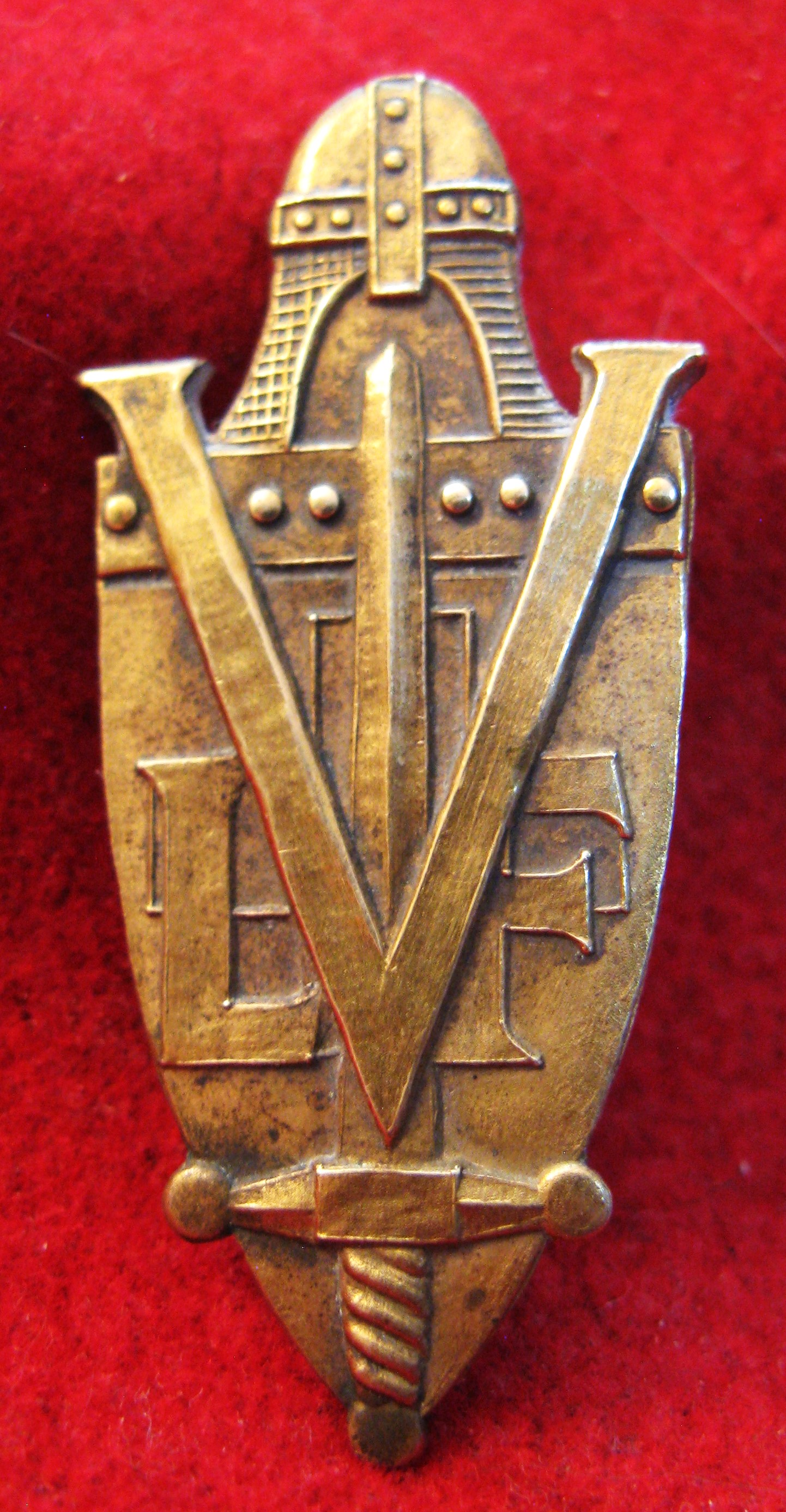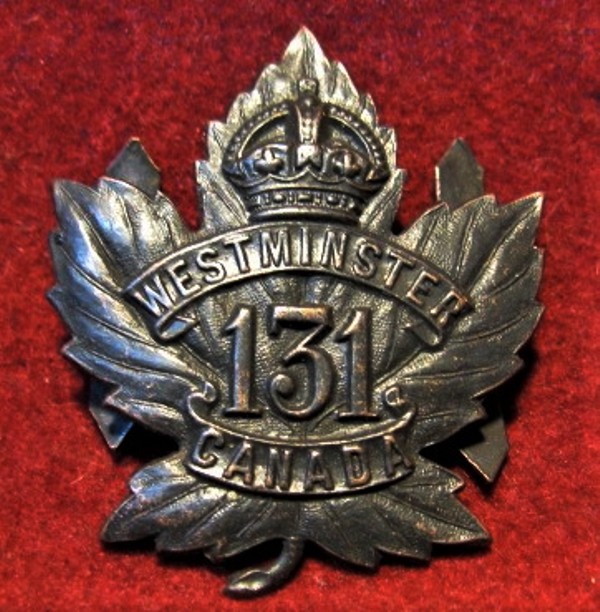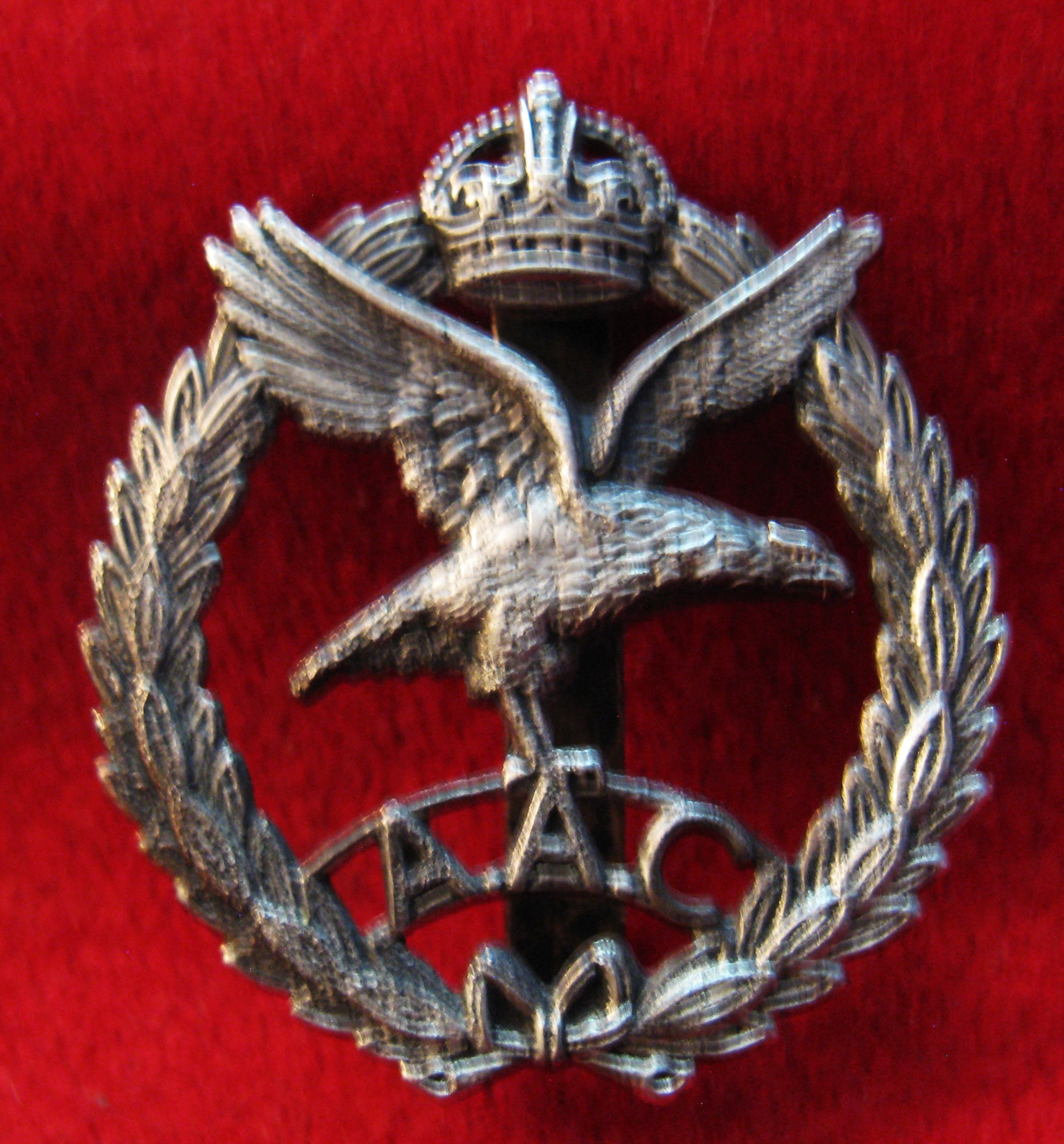WW1 era Newfoundland Regiment Officer grade Cap Badge (lot #2)
#00001440
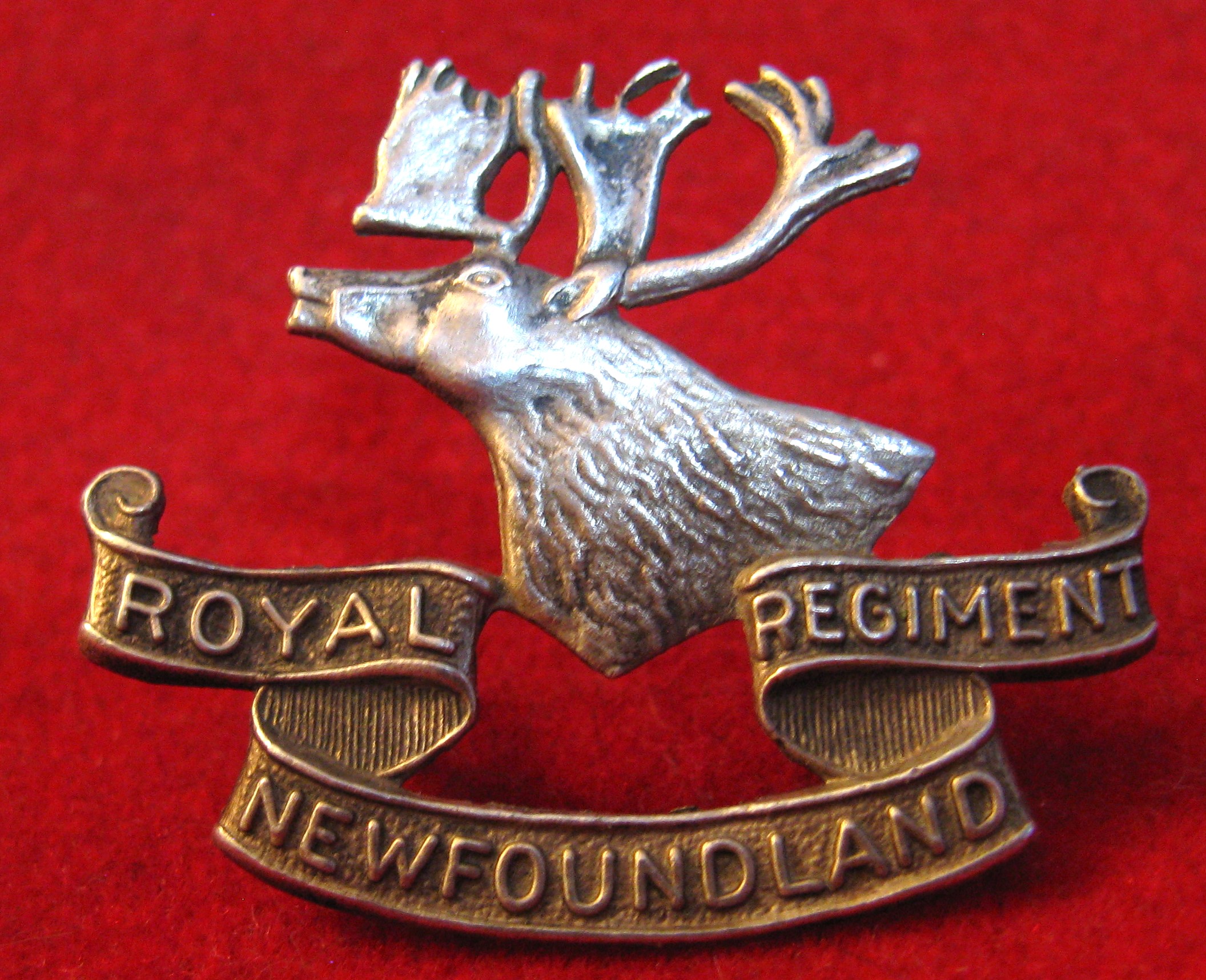
|
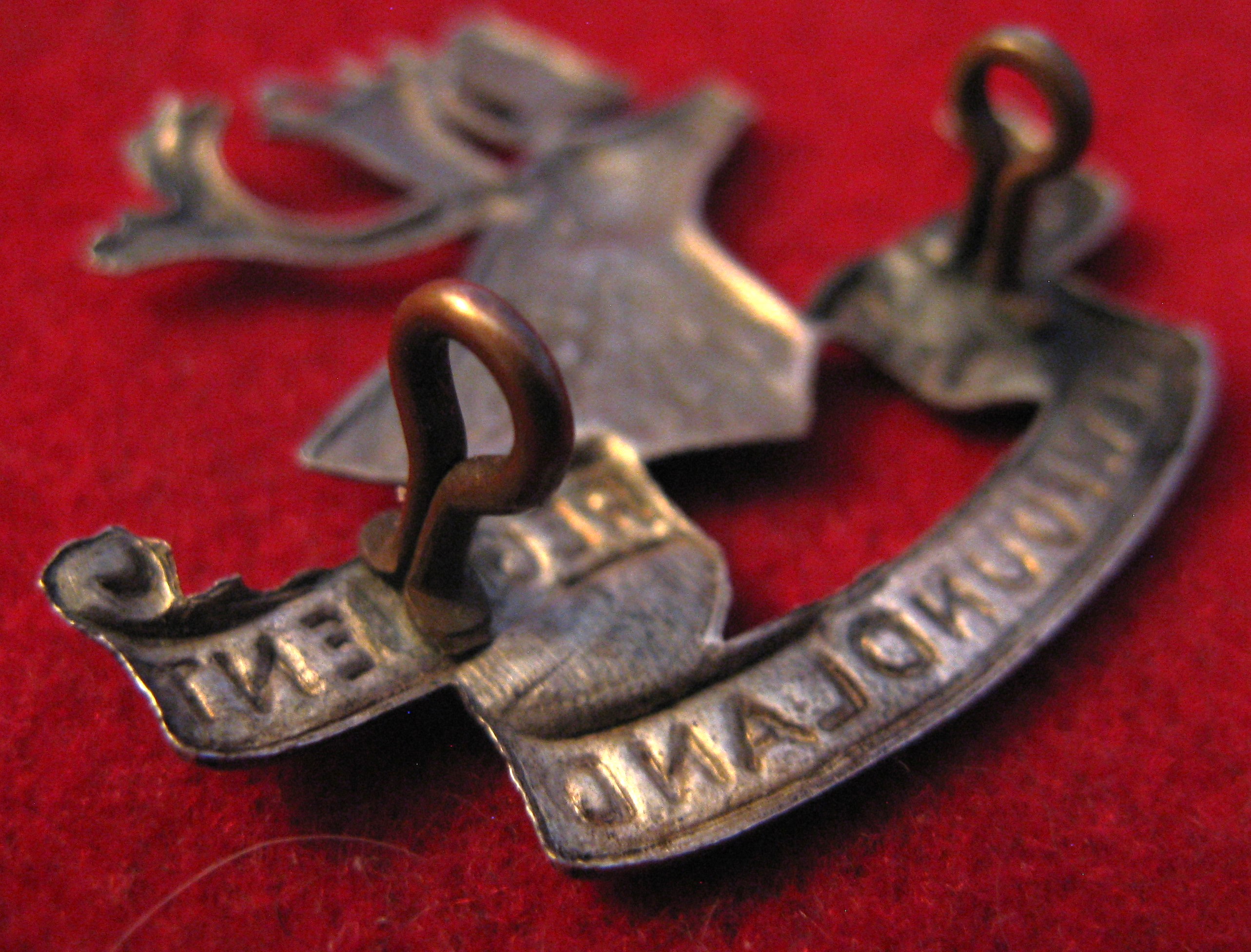
|
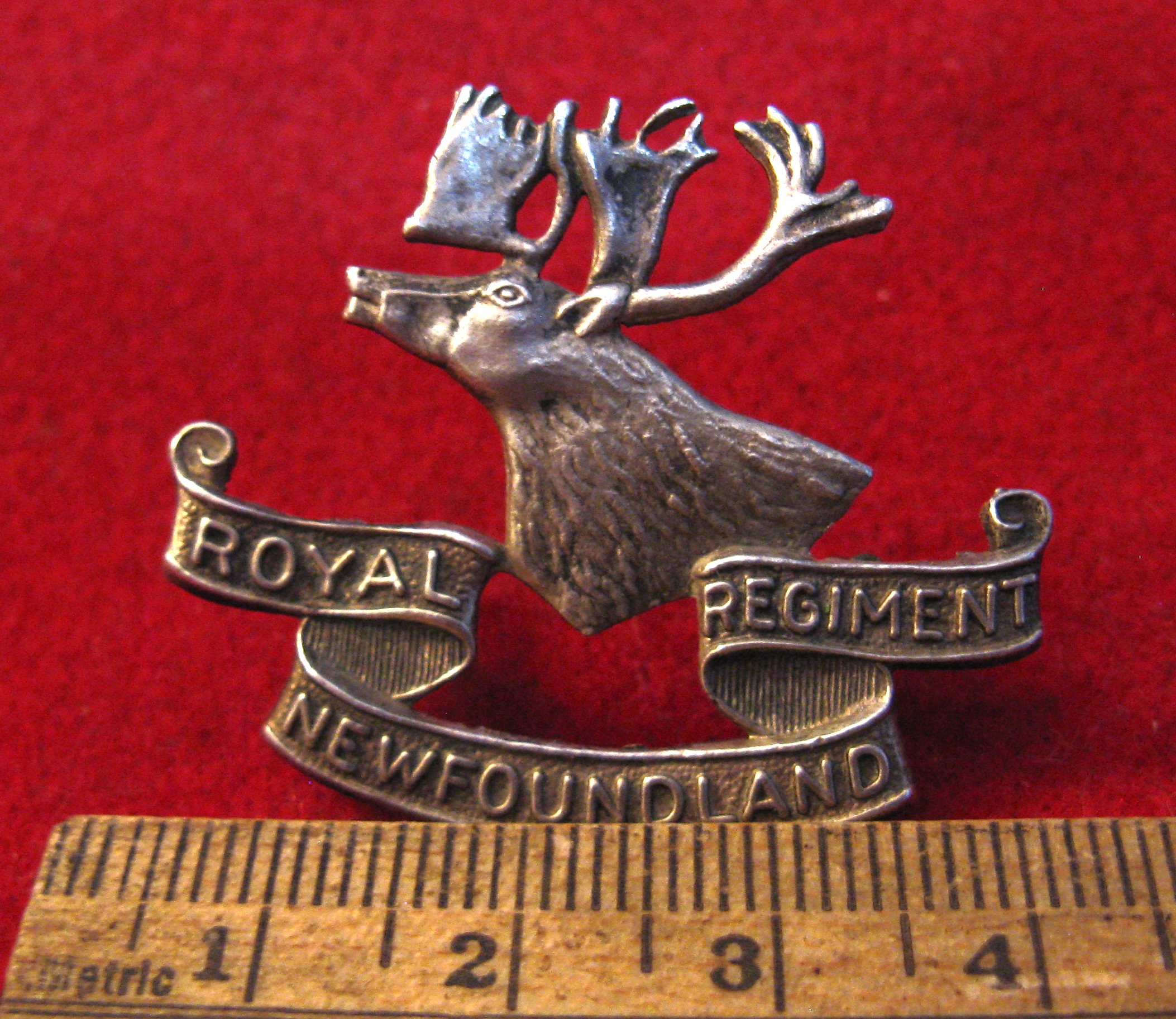
|
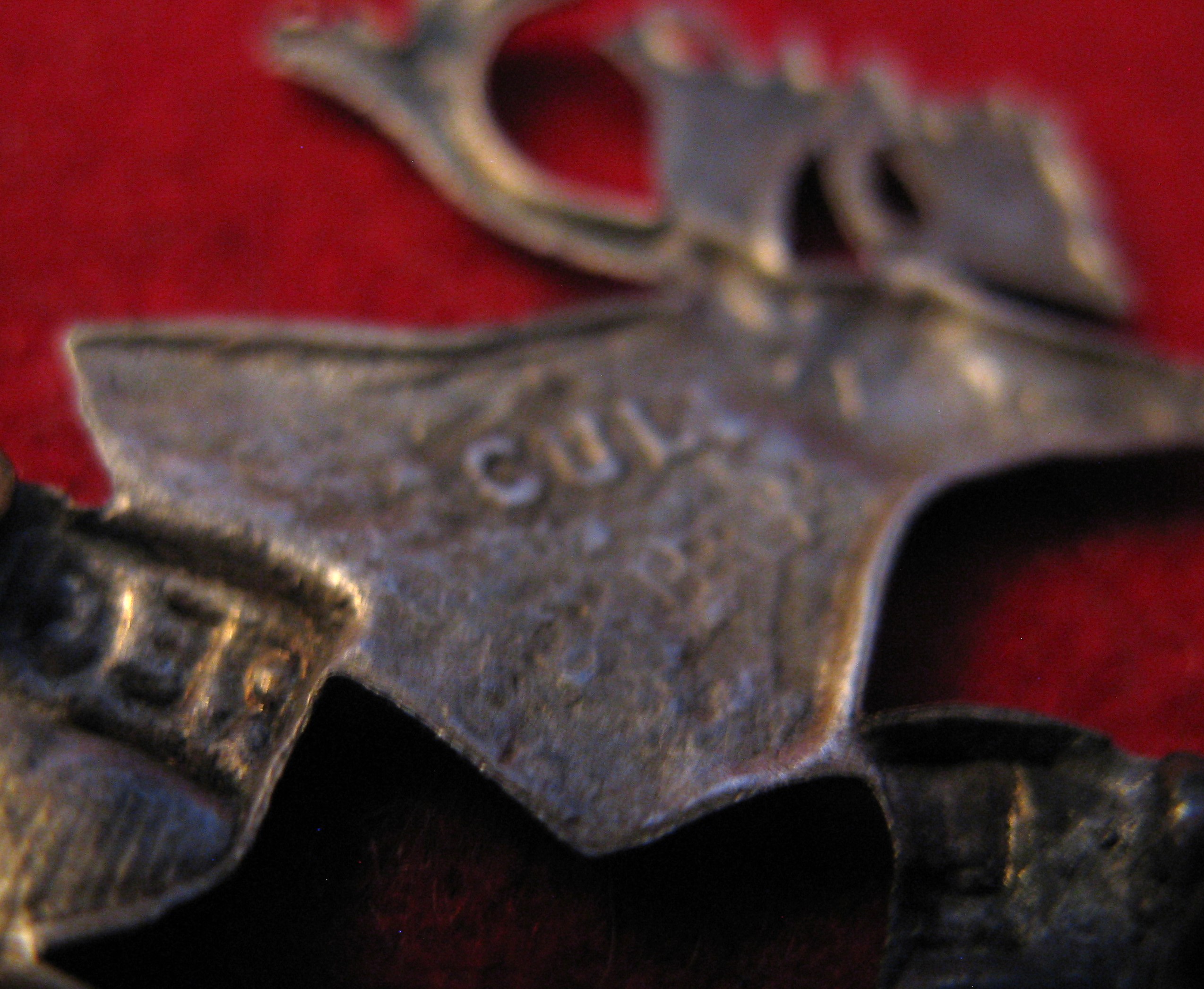
|
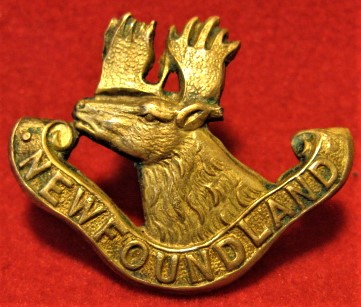
|
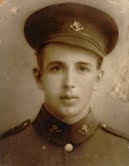
|
| Price: | $499.00 | |
| Shipping: | Canada: $10.00 | International: $10.00 |
| Insurance: | Canada/US: $30.00 | International: $12.00 |
| If insurance is declined the buyer takes all responsibility for damage or loss in shipping. | ||

|
S+H: $22.00 No GST Shipping to United States Change Country | |
You are viewing a rare WWI era cap badge from the Royal Newfoundland Regiment. Not very often we have one of these beauties. The Badge is relatively small, the same size as the collars, but always faces left. Made of silver this one has a partial Skully hallmark and comes with both original lugs intact. Shows slight signs of polishing.
In 1917 King George V awarded these brave Newfoundlanders the prestigious title of "Royal". They were the only regiment to receive such honors during the war. The other "Royal" designations were given after the war ended. This officer grade cap badge is from that period.
I have included photots of the pre 1917 cap badge for reference. That badge is available in another listing.
On all our products we accept prepaid authorized returns within 14 days of shipping, for full product credit, if you are not
pleased. I will happily combine items to save shipping costs if you purchase other items as well...
History: The outbreak of the First World War in 1914 led the Government of Newfoundland, which at the time was still a British colony, to recruit a force for service with the British Army. The first contingent of 500 volunteers from Newfoundland joined the convoy transporting the 1st CEF Contingent as it passed Newfoundland to England in October 1914. In England it became the 1st Newfoundland Regiment the regiment serving with the British Army for the duration of the war. The regiment saw bloody service at both Gallipoli and Egypt before transferring to the Western Front where on the first day of the Battle of the Somme, July 1st 1916, the 801 man regiment was decimated at Beaumont Hamel only 68 survivors not being killed or wounded. For its gallant service King George V granted the prefix "Royal" to the regiment in in September of 1917, the only regiment in the British Empire to be so honored during WWI. The regiment trained at various locations in the United Kingdom and increased from an initial contingent of 500 men to full battalion strength of 1,000 men, before being deployed to Gallipoli in September of 1915. The regiment landed at Suvla Bay. Over the next three months thirty soldiers of the regiment were killed or mortally wounded in action and ten died of disease; 150 were treated for frostbite and exposure. Despite the terrible conditions,our Newfoundland cousins stood up well in the conflict. When the decision was made to evacuate all British Empire forces from the area, the regiment was chosen to be a part of the rearguard, finally withdrawing from Gallipoli with the last of the troops on 9 January 1916.
In France, the regiment regained battalion strength in preparation for the Battle of the Somme. Still with the 29th British Division, they went into the line in April 1916. At 8:45 a.m. on July 1st 1916 the Newfoundland Regiment and 1st Battalion of the British Essex Regiment received orders to move forward. Lieutenant Colonel Arthur Lovell Hadow, the battalion commander, decided to move immediately into attack formation and advance across the surface of no-mans land. They were effectively the only troops moving on the battlefield and clearly visible to the German defenders. 22 officers and 758 other ranks were directly involved in the advance.Of these, all the officers and slightly under 658 other ranks became casualties. Of the 780 men who went forward only about 110 survived unscathed, of whom only 68 were available for roll call the following day. For all intents and purposes the Newfoundland Regiment had been wiped out, the unit as a whole having suffered a casualty rate of approximately 90%. In recognition of the unit's valour during the later battles at Ypres in 1917, King George V bestowed the regiment with the prefix "Royal" on 28 September 1917, renaming them as the prestigious Royal Newfoundland Regiment. A name which the regiment has borne since with distinction.


